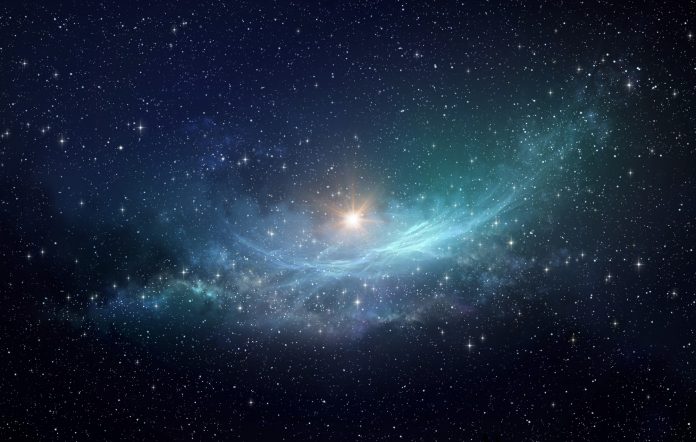James Webb’s Space Telescope (JWST) is now studying one of the most renowned supernovae, SN 1987A (Supernova 1987A), located 168,000 light-years away in the Large Magellanic Cloud
The Supernova has been closely observed for almost 40 years, using various wavelengths from gamma rays to radio waves, ever since its discovery in February 1987.
Unveiling new features with the NIRCam
New observations by the JWST NIRCam (Near-Infrared Camera) offer valuable insights into how supernova evolves to create its remnants.
The image reveals a central formation resembling a keyhole. The centre is concentrated with clumpy gas and dust from the supernova explosion.
The dust is incredibly thick, blocking even the near-infrared light detected by Webb, which creates the dark “hole” within the keyhole shape.
A bright, equatorial ring surrounds the inner keyhole, creating a band around the waist that links two faint arms resembling an hourglass in the outer rings.
The equatorial ring, made up of material expelled tens of thousands of years before the supernova explosion, holds bright hot spots. These hot spots appear as the supernova’s shock wave hits the ring.
Now, spots beyond the ring are surrounded by faint emissions. These are the locations of supernova shocks hitting more exterior material.
Decades of supernova studies
While NASA’s Hubble and Spitzer Space Telescopes have previously observed these formations to varying extents, Webb’s extraordinary sensitivity and detailed imagery have unveiled a new aspect of this supernova’s aftermath—small crescent-like structures.
These crescents are considered part of the outer layers of gas expelled during the supernova explosion.
Their brightness could indicate limb brightening, which occurs when expanding materials are viewed differently, making it seem like there’s more material in these two crescents than there is.
The high resolution of these images is also noteworthy. Before Webb, the retired Spitzer telescope, which observed this supernova in infrared over its entire existence, provided valuable data on how its emissions changed over time. However, it couldn’t match Webb’s ability to observe the supernova with precision and detail.
The James Webb Space Telescope’s ongoing investigation
Despite many years of studies since the first discovery of the supernova, there are several mysteries unsolved, especially regarding the neutron star that was expected to form after the explosion.
Like Spitzer, Webb will keep studying the supernova over time. Its NIRSpec (Near-Infrared Spectrograph) and MIRI (Mid-Infrared Instrument) can provide astronomers with fresh, detailed infrared data as time passes, helping us learn more about the newly spotted crescent shapes.
Webb will work together with Hubble, Chandra, and other observatories to uncover more about the history and future of this famous supernova.











